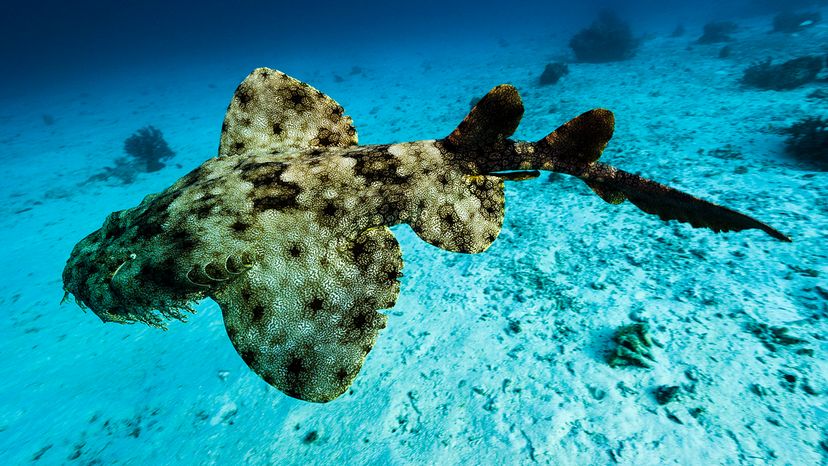
With a name that sounds like it belongs in a storybook, the tasselled wobbegong shark is one of the ocean’s most fascinating ambush predators.
Found mainly around New Guinea and northern Australia, this bottom-dwelling member of the carpet shark family (Orectolobidae) is a true master of disguise, blending seamlessly into coral reefs and rocky seafloors.
Advertisement

